Get in
When traveling to Istria, Croatia, the main transportation hub for the region is Pula/Pola. This is where most visitors will arrive if they are not driving. Some boat lines also arrive at Poreč/Parenzo. Plan your arrival and departure accordingly by considering the available transportation options to these key destinations within Istria.
Map & Climate
Popular Foods
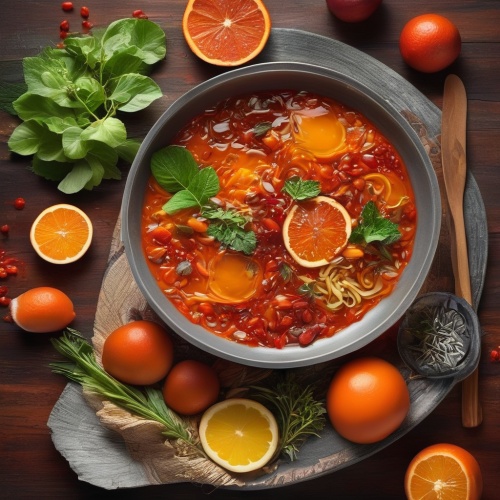 DISH 1: ŠtrukliŠtrukli is a traditional Croatian pastry, predominantly found in the region of Istria. It consists of thin layers of pastry filled with a mixture of cheese, spinach, or meat, then rolled up and either fried or baked. Usually served as a savory dish, it can be enjoyed during both lunch and dinner. The cheese-filled variant is particularly popular.
DISH 1: ŠtrukliŠtrukli is a traditional Croatian pastry, predominantly found in the region of Istria. It consists of thin layers of pastry filled with a mixture of cheese, spinach, or meat, then rolled up and either fried or baked. Usually served as a savory dish, it can be enjoyed during both lunch and dinner. The cheese-filled variant is particularly popular.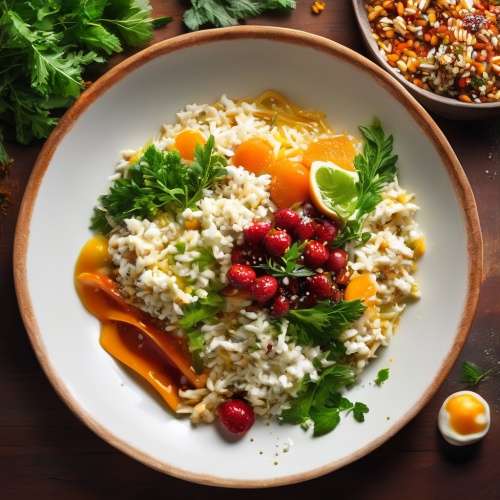 DISH 2: BrujetBrujet is a traditional Dalmatian fish stew made with various Mediterranean fish, shellfish, tomatoes, potatoes, garlic, and white wine. The fish is often cooked whole or in large pieces and infuses its flavors into the stew while simmering gently. The stew is typically seasoned with herbs such as rosemary, thyme, and parsley, and served with a side of crusty bread to mop up the flavorful broth.
DISH 2: BrujetBrujet is a traditional Dalmatian fish stew made with various Mediterranean fish, shellfish, tomatoes, potatoes, garlic, and white wine. The fish is often cooked whole or in large pieces and infuses its flavors into the stew while simmering gently. The stew is typically seasoned with herbs such as rosemary, thyme, and parsley, and served with a side of crusty bread to mop up the flavorful broth.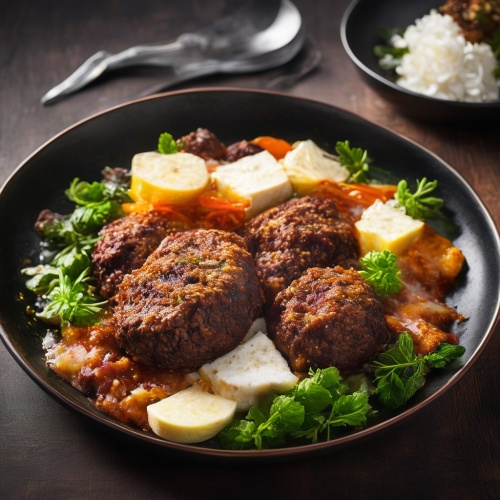 DISH 3: PekaPeka is a slow-cooked lamb dish originating from the region of Bosnia and Herzegovina, which is now a popular dish throughout Croatia. The lamb is marinated in a blend of garlic, salt, and pepper before being placed atop a bed of potatoes, bell peppers, and onions. The entire meal is covered with a large, heated stone or metal lid, trapping steam within and allowing the flavors to intensify. This hearty meal is traditionally cooked over an open flame, imparting a smoky flavor to the meat.
DISH 3: PekaPeka is a slow-cooked lamb dish originating from the region of Bosnia and Herzegovina, which is now a popular dish throughout Croatia. The lamb is marinated in a blend of garlic, salt, and pepper before being placed atop a bed of potatoes, bell peppers, and onions. The entire meal is covered with a large, heated stone or metal lid, trapping steam within and allowing the flavors to intensify. This hearty meal is traditionally cooked over an open flame, imparting a smoky flavor to the meat.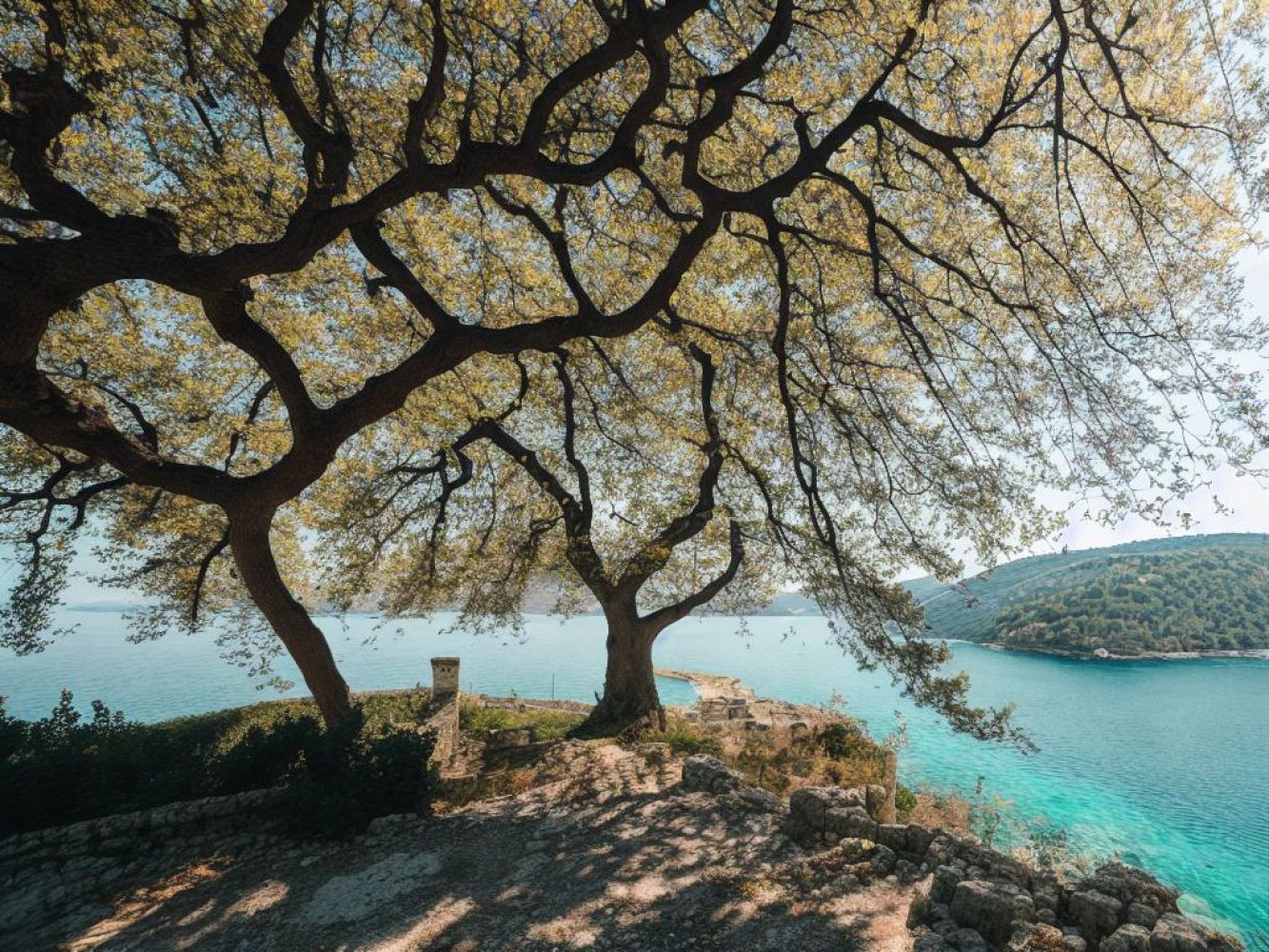
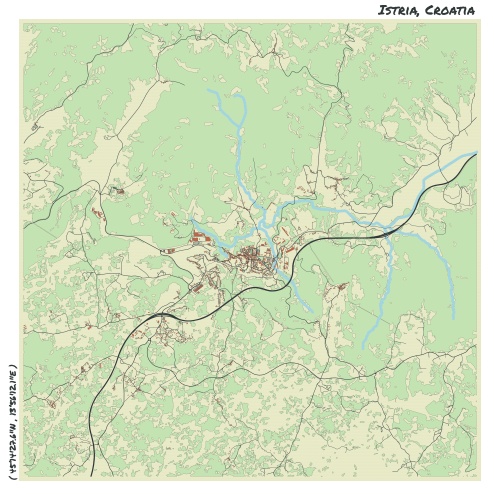


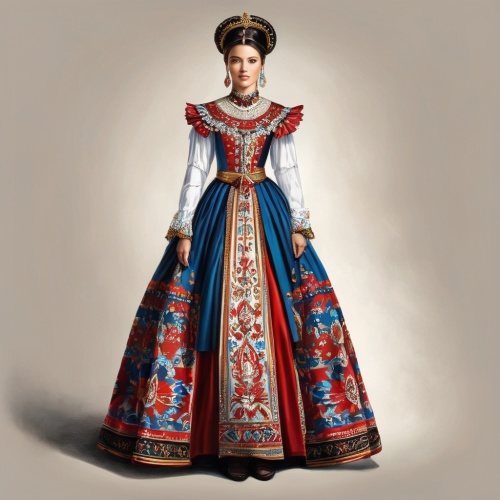
Comments
NO COMMENTS